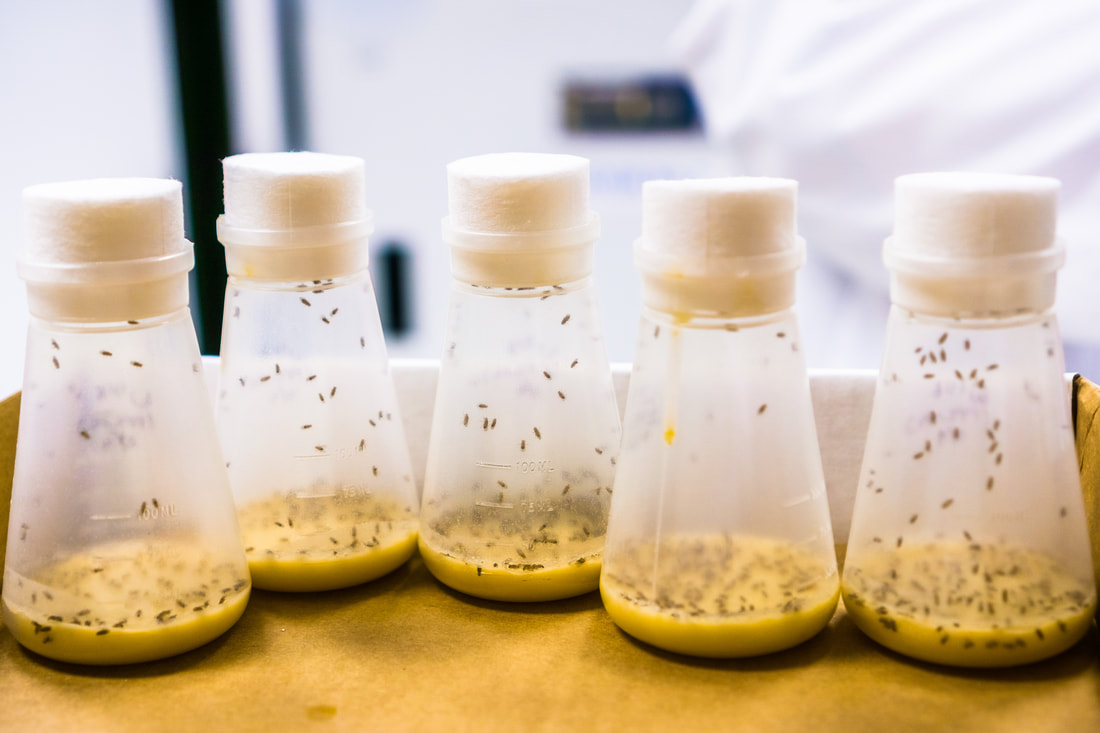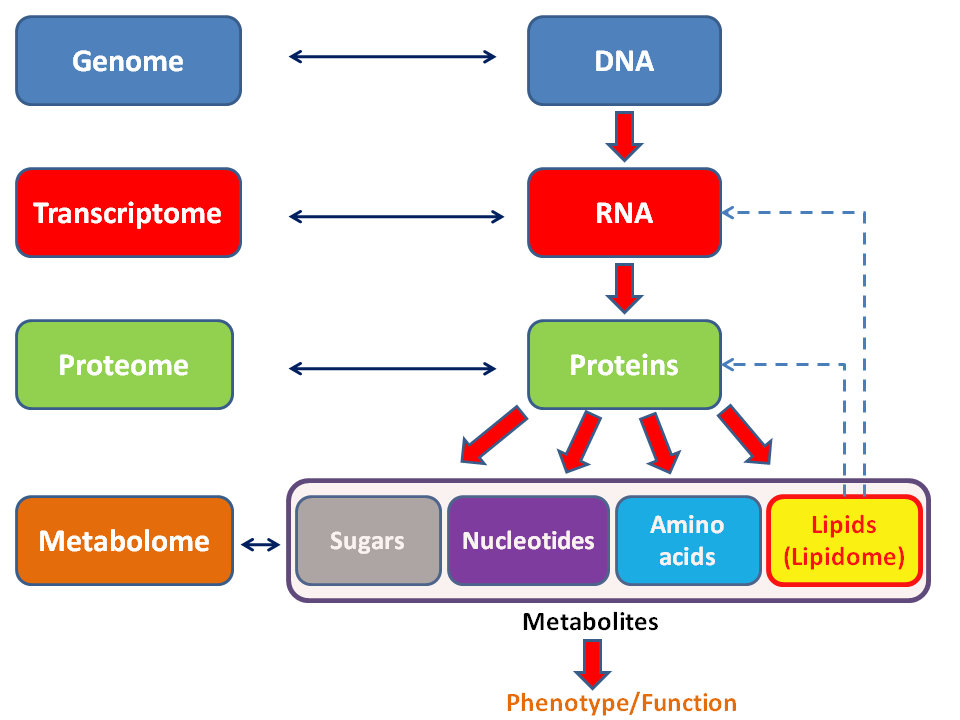Lab to Nature |
|
The combination of experimental evolution and DNA sequencing allows us to study the genetics of adaptation in real time. Since its inception, this approach has led to many important insights into the genetic processes underlying adaptation. However, looking across this body of work, it is not always clear how evolutionary dynamics observed in the lab will translate to natural populations. For instance, can we reasonably expect that adaptation to a single constantly applied selective pressure in the lab will be representative of dynamics in nature where the presence and intensity of that pressure might fluctuate substantially over time? Or where environmental shifts are defined by multiple selective pressures?
A central goal of our research program is to address such issues by exploring how varying population genetic and ecologically relevant experimental parameters in the lab shapes evolutionary outcomes. For instance, how do factors like population size, initial patterns of genetic variation, and the nature of selection itself (e.g. intensity and tempo) impact rates of adaptation, evolutionary repeatability, and the capacity of populations to adapt and persist? To address these questions we use a combination of Drosophila experimental evolution, computational approaches, and various statistical and mathematical methods. Our long term goal is to generate findings that can actually be applied to make reasonable predictions about how real populations will respond to major changes in environmental conditions. |
Aging and Stress Resistance |
|
The the extreme shifts in phenotypes that occur over the course of our evolution experiments create powerful opportunities to study the mechanisms underlying these traits.Here our works makes use of phenotypic assays and various types of omic data (e.g. genomics, transcriptomics, metabolomics, etc.) to study focal phenotypes across different levels of biological organization. For instance, by comparing individuals from populations where selection has produced radically different life-histories, we can can identify key physiological and genetic factors shaping aging and longevity differences. Similarly, in experiments focused on abiotic stressors (e.g. heat, cold, etc.), we can generate deep mechanistic insights by identifying and tracking changes that allow individuals to better contend with these stressors as they adapt.
|

